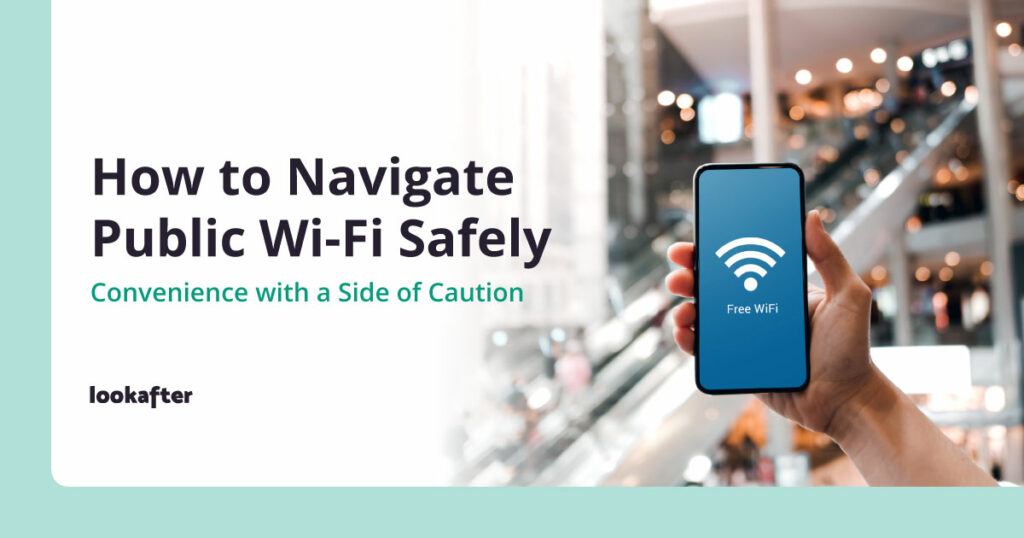Home > Empowering Tips > How to Navigate Public Wi-Fi Safely

Public Wi-Fi is everywhere these days, from coffee shops and airports to libraries and parks. It offers convenience and connectivity, allowing us to work, communicate, and access information on the go — and it’s free! However, while convenient, free Wi-Fi comes with a hidden threat: security vulnerabilities. Using public Wi-Fi without proper precautions can expose your personal and sensitive information. Here’s a closer look at the risks associated with public Wi-Fi and how you can protect yourself.
1. Man-in-the-Middle Attacks
One of the most common threats on public Wi-Fi is the Man-in-the-Middle (MitM) attack. In this scenario, a cybercriminal intercepts the communication between your device and the Wi-Fi network. This allows them to eavesdrop on your activities, capture sensitive information like login credentials, and even alter the data being transmitted. MitM attacks can be challenging to detect, making them particularly dangerous.
2. Unencrypted Networks
Many public Wi-Fi networks lack proper encryption, meaning that data transmitted over these networks can be easily accessed by anyone with the right tools. Without encryption, any information you send or receive, such as emails, passwords, or credit card details, can be intercepted by malicious actors.
3. Fake Hotspots
Cybercriminals can set up fake Wi-Fi hotspots that mimic legitimate public networks. These rogue hotspots often have names similar to trusted networks, tricking users into connecting. Once connected, the attacker can monitor your internet activity and steal sensitive information. Always verify the network name with the establishment providing the Wi-Fi before connecting.
4. Malware Distribution
Public Wi-Fi networks can also be used to distribute malware. When you connect to an insecure network, attackers can exploit vulnerabilities in your device to install malicious software without your knowledge. This malware can then be used to steal data, monitor your activity, or even control your device remotely.
Protecting Yourself on Public Wi-Fi
Although avoiding public Wi-Fi is ideal, if you must use it, there are several steps you can take to protect yourself:
1. Use a VPN
A Virtual Private Network (VPN) encrypts your internet connection, making it much harder for cybercriminals to intercept your data. When using public Wi-Fi, always connect to a reputable VPN service to ensure your data remains private and secure.
2. Enable Two-Factor Authentication
Two-factor authentication adds an extra layer of security to your online accounts. Even if a hacker manages to obtain your password, they will still need a second form of verification to access your account.
3. Avoid Sensitive Transactions
Refrain from conducting sensitive activities, such as online banking or shopping, while connected to public Wi-Fi. If you must perform these tasks, use your mobile data connection or wait until you are on a secure, private network.
4. Keep Your Software Updated
Ensure that your device’s operating system, antivirus software, and applications are up to date. Regular updates often include security patches that protect against known vulnerabilities.
5. Use HTTPS
When browsing the web, look for the HTTPS prefix in the website’s URL. HTTPS encrypts the data exchanged between your browser and the website, adding an extra layer of security. Many modern browsers also indicate secure connections with a padlock icon in the address bar.
6. Disable File Sharing
Turn off file sharing, AirDrop (on Apple devices), and other services that allow your device to connect with others over the network. This reduces the risk of unauthorized access to your device.
Public Wi-Fi is a valuable tool, but it should be used wisely. By following these tips, you can minimize risks and enjoy the convenience of staying connected while on the go.